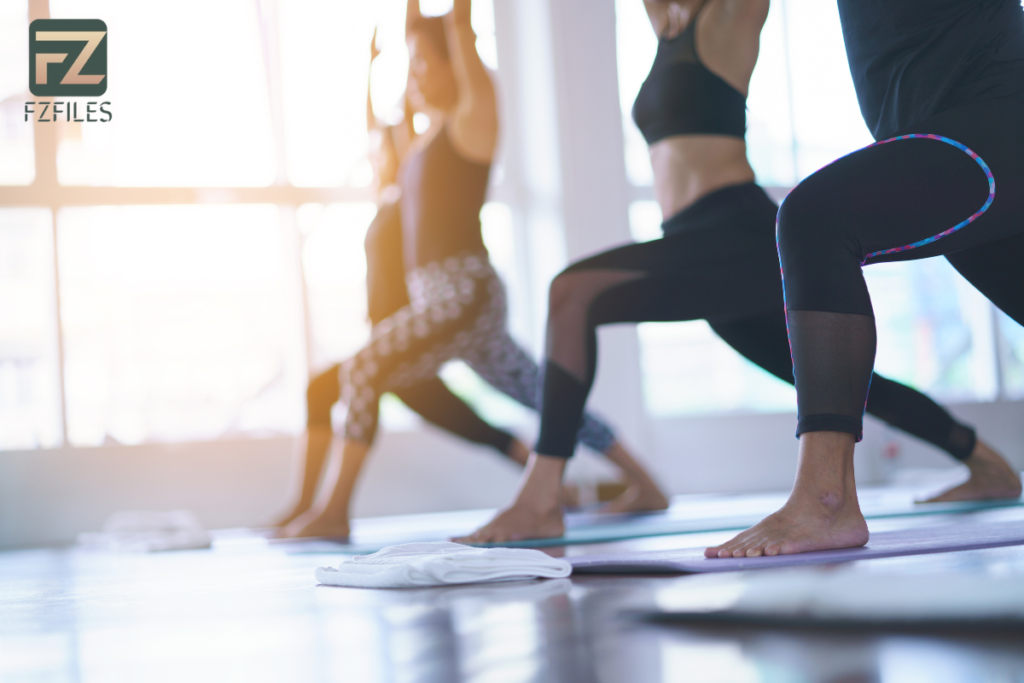Introduction to Yoga for Flexibility
In the fast-paced world of 2024, where stress levels are high and time is precious, yoga stands out as a beacon of peace and flexibility. Yoga isn’t just about pausing dramatically; an all-encompassing way to deal with health coordinates breath, development, and care. This blog explores how yoga can enhance flexibility and promote relaxation, offering insights into the latest trends and practices.
Benefits of Yoga Relaxation
Yoga has gained popularity not only as a physical exercise but also as a mental and spiritual practice. When it comes to flexibility, yoga helps to stretch and elongate muscles, improve joint mobility, and enhance overall agility. Simultaneously, the focus on deep breathing and meditation fosters a state of relaxation, reducing stress and promoting mental clarity. These combined benefits make yoga a powerful tool for achieving balance in daily life.
Top Yoga Poses for Flexibility
- Downward-Facing Dog (Adho Mukha Svanasana): This iconic pose targets the entire body, stretching the hamstrings, calves, shoulders, and spine while also building strength in the arms and legs.
- Forward Fold (Uttanasana): Known for its calming effect on the nervous system, the forward fold stretches the entire back body, promoting flexibility in the spine and hamstrings.
- Pigeon Pose (Eka Pada Rajakapotasana): A deep hip opener that releases tension stored in the hips and groin, improving flexibility and mobility in these crucial areas.
- Seated Forward Bend (Paschimottanasana): This seated pose stretches the entire back body, from the heels to the crown of the head, fostering relaxation and promoting flexibility in the hamstrings and spine.
- Bridge Pose (Setu Bandhasana): Not only does bridge pose open the chest and shoulders, but it also strengthens the back muscles and stretches the spine, contributing to improved flexibility and posture.

Creating a Flexibility-focused Yoga Routine
To maximize the benefits of yoga for flexibility and relaxation, consider integrating these poses into a cohesive sequence:
- Warm-Up: Start with gentle movements and breathing exercises to prepare the body and mind.
- Main Poses: Incorporate a mix of standing, seated, and lying-down poses that target different muscle groups.
- Cool Down: End with relaxation poses like Corpse Pose (Savasana) to allow the body to absorb the benefits of the practice fully.
Expert Insights on Yoga Practice
According to experts from Yoga Journal, Health.com, and Mindful.org, the key to effective yoga practice lies in consistency and mindfulness. By maintaining a regular yoga routine that focuses on flexibility, individuals can experience not only physical improvements but also mental calmness and emotional balance.
In conclusion, yoga for flexibility and relaxation continues to evolve in 2024, offering innovative poses and sequences designed to meet modern-day wellness needs. Whether you’re a beginner or an experienced yogi, integrating these practices into your routine can lead to profound benefits for both body and mind.

[…] effectively incorporate flexibility exercises for Desk Workers: 2024 Strategies. into the workday, it’s important to create a […]
[…] yoga is a specialized form of yoga designed to support expecting mothers through the physical and emotional changes of pregnancy. […]